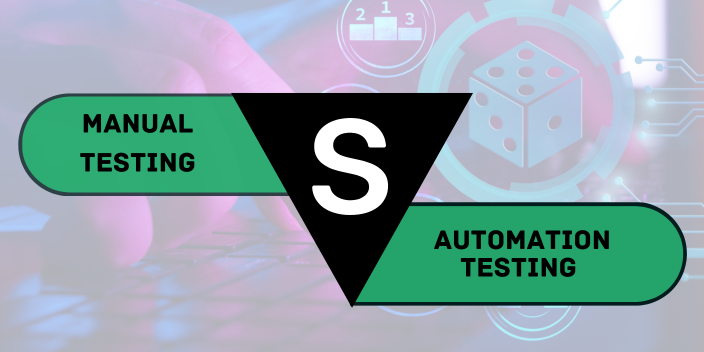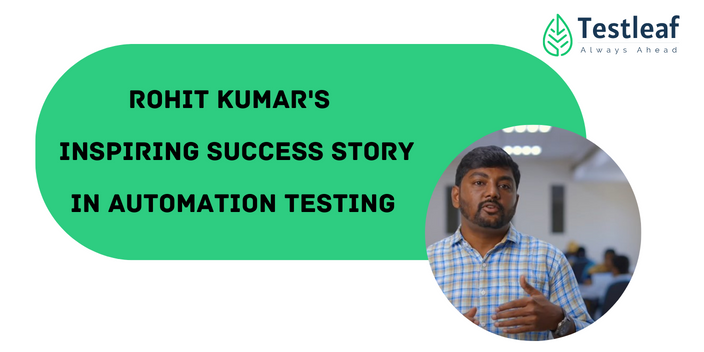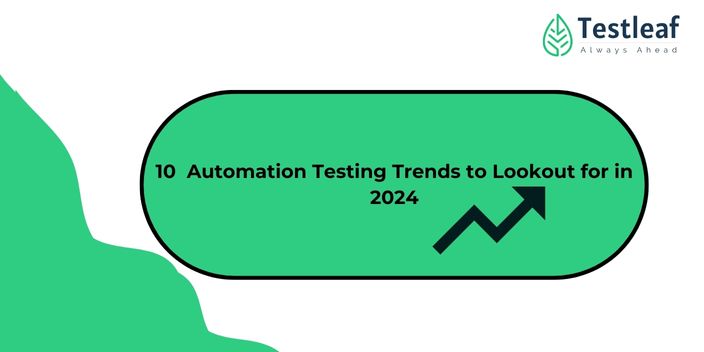Introduction
Welcome to the world of Playwright Automation, where writing rock-solid end-to-end tests isn’t just possible — it’s enjoyable. If you’ve ever felt that other tools like Selenium or Cypress fall short, it’s time to uncover the Playwright secrets the pros are keeping close to their chest.
The Rise of Playwright in Automation Testing
Playwright is the cool kid on the block. Unlike Selenium, it supports Chromium, WebKit, and Firefox — out of the box. Unlike Cypress, it doesn’t restrict you to just one browser or tab.
Whether you’re just beginning to learn Playwright automation or transitioning from other frameworks, its powerful features and easy setup are what make it so attractive.
Setting Up Like a Pro
Before you even write your first test, setup matters. Professionals spend 30% of their time just laying the foundation.
Common Mistakes Beginners Make
- Dumping all tests in one folder
- Hardcoding selectors
- Ignoring test isolation
Ideal Project Structure
bash
/tests
/e2e
/components
/fixtures
/playwright.config.ts
If you’re following a Playwright testing roadmap, structuring your project correctly is a critical first milestone. It helps scale tests faster and improves maintainability.
Deep Dive Into Playwright Architecture
Under the Hood
Playwright controls browsers using WebSocket-based protocols, giving it incredible speed and control.
Key Concepts
- BrowserContext: Like a separate incognito tab
- Page: The actual tab or window
- Locator: The smart selector handler
Understanding these concepts is crucial for anyone who wants to master Playwright automation testing at a professional level.
Secrets to Writing Flawless Tests
Flaky Tests? Here’s the Fix
Use Playwright’s auto-wait mechanism. Avoid setTimeout() like the plague. Use await page.locator().click() with confidence.
Hooks & Fixtures
Create reusable login states, preconditions, and cleanup routines using test.beforeEach() and test.use().
These are not just Playwright best practices — they are absolute essentials to make your tests reliable and consistent across environments.
Mastering Cross-Browser Testing
One of Playwright’s superpowers is its support for:
- Chromium
- WebKit
- Firefox
How the Pros Use It
They run all browsers in parallel with different configs for max coverage.
If you’re taking a Playwright testing course, you’ll likely dive deep into how Playwright handles browser engines seamlessly.
Advanced Features You’re Not Using (But Should Be)
Codegen Tool
Just hit npx playwright codegen <url> and watch Playwright write the test for you.
Tracing & Debugging
Turn on tracing with –trace on. You’ll get a visual breakdown of every test step — like a crime scene investigation for failed tests.
This is an advanced move in any Playwright testing roadmap and helps build confidence in test stability.
CI/CD Integration Secrets
GitHub Actions
yaml
– name: Run Playwright Tests
run: npx playwright test
Smart Retries
Use retries: 2 in playwright.config.ts for flaky tests in CI only.
Every modern Playwright automation testing setup needs to include CI/CD best practices to support DevOps pipelines effectively.
Data-Driven and API Testing
Data-Driven Testing
Use forEach() loops with data from a JSON or CSV file to run the same test with multiple inputs.
UI + API Combo
Make a login API call first, then jump into UI — this cuts test time by 80%.
These techniques are covered in most Playwright testing courses and are vital to simulate real-world user journeys.
Mobile Emulation and Geolocation
Want to test like you’re on an iPhone 13 in Tokyo?
ts
await context.grantPermissions([‘geolocation’]);
await context.setGeolocation({ latitude: 35.6895, longitude: 139.6917 });
Such mobile simulation is an often overlooked aspect of Playwright automation, but it’s incredibly useful for responsive web apps.
Screenshot and Video Recording Hacks
Pro Tip
Only record video for failed tests. Saves storage and debugging time.
ts
video: process.env.CI ? ‘on’ : ‘retain-on-failure’
This practice is often cited in top Playwright best practices to keep logs lean and useful.
Parallelism and Load Testing
Run tests across multiple cores using –workers. Want basic load testing? Trigger a bunch of browser instances — it’s not Locust, but it works.
If you’re eager to learn Playwright automation for performance-oriented testing, this is a great feature to explore.
Security and Compliance
Auth Flows
Use API tokens instead of UI logins. Save time. Increase reliability.
Secrets in CI
Never hardcode creds. Use GitHub Secrets or .env files.
Handling data securely is another strong focus area in most Playwright testing courses designed for enterprise applications.
Real World Debugging Tricks
Use pw-debug mode to pause tests and inspect the DOM live.
VS Code even has breakpoint debugging support via extensions.
Community Plugins
Must-Haves
- playwright-axe for accessibility testing
- allure-playwright for advanced reporting
Feeling creative? Build your own plugin using Playwright’s powerful hooks.
These plugins often become essential parts of toolchains taught in expert-level Playwright testing courses.
Future of Playwright Testing
AI-Generated Tests
Tools are popping up that watch users and write tests for you.
Auto-Healing Tests
Coming soon: tests that fix themselves when selectors change. Imagine that.
Staying ahead of the curve is part of mastering any Playwright testing roadmap if you’re aiming for automation excellence.
Conclusion
Playwright isn’t just a tool — it’s a game-changer in the testing world. Whether you’re just starting or leveling up, these secrets can take your testing workflow from good to absolutely legendary.
Don’t just write tests. Write smart, resilient, fast tests that mimic real-world usage. Because that’s what pros do.
We Also Provide Training In:
- Advanced Selenium Training
- Playwright Training
- Gen AI Training
- AWS Training
- REST API Training
- Full Stack Training
- Appium Training
- DevOps Training
- JMeter Performance Training
Author’s Bio:

As CEO of TestLeaf, I’m dedicated to transforming software testing by empowering individuals with real-world skills and advanced technology. With 24+ years in software engineering, I lead our mission to shape local talent into global software professionals. Join us in redefining the future of test engineering and making a lasting impact in the tech world.
Babu Manickam
CEO – Testleaf








